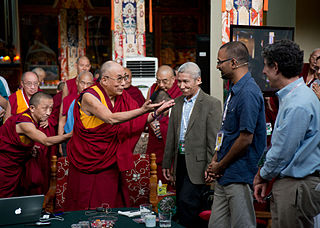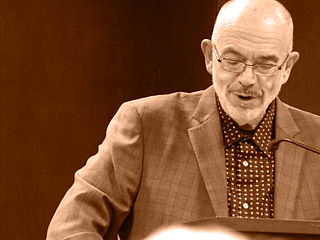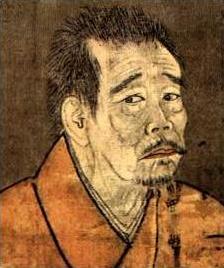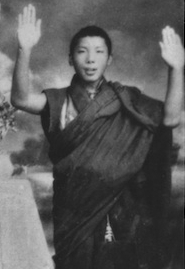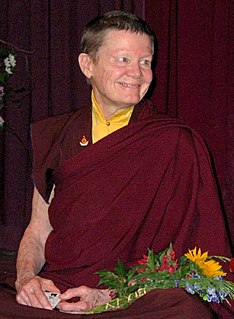A Quote by Jack Kornfield
In Buddhist practice, the outward and inward aspects of taking the one seat meet on our meditation cushion.
Related Quotes
When you climb a ladder and arrive on the sixth step and you think that is the highest, then you cannot come to the seventh. So the technique is to abandon the sixth in order for the seventh step to be possible. And this is our practice, to release our views. The practice of nonattachment to views is at the heart of the Buddhist practice of meditation.
Taking the one seat describes two related aspects of spiritual work. Outwardly, it means selecting one practice and teacher among all the possibilities, and inwardly, it means having the determination to stick with that practice through whatever difficulties and doubts arise until you have come to true clarity and understanding.
Meditation is to be aware of what is going on - in our bodies, in our feelings, in our minds, and in the world. Each day...children die of hunger.... Yet the sunrise is beautiful, and the rose that bloomed this morning along the wall is a miracle. Life is both dreadful and wonderful. To practice meditation is to be in touch with both aspects. Please do not think we must be solemn in order to meditate. In fact, to meditate well, we have to smile a lot.
Fear begins and ends with the desire to be secure; inward and outward security, with the desire to be certain, to have permanency. The continuity of permanence is sought in every direction, in virtue, in relationship, in action, in experience, in knowledge, in outward and inward things. To find security and be secure is the everlasting cry. It is this insistent demand that breeds fear.

